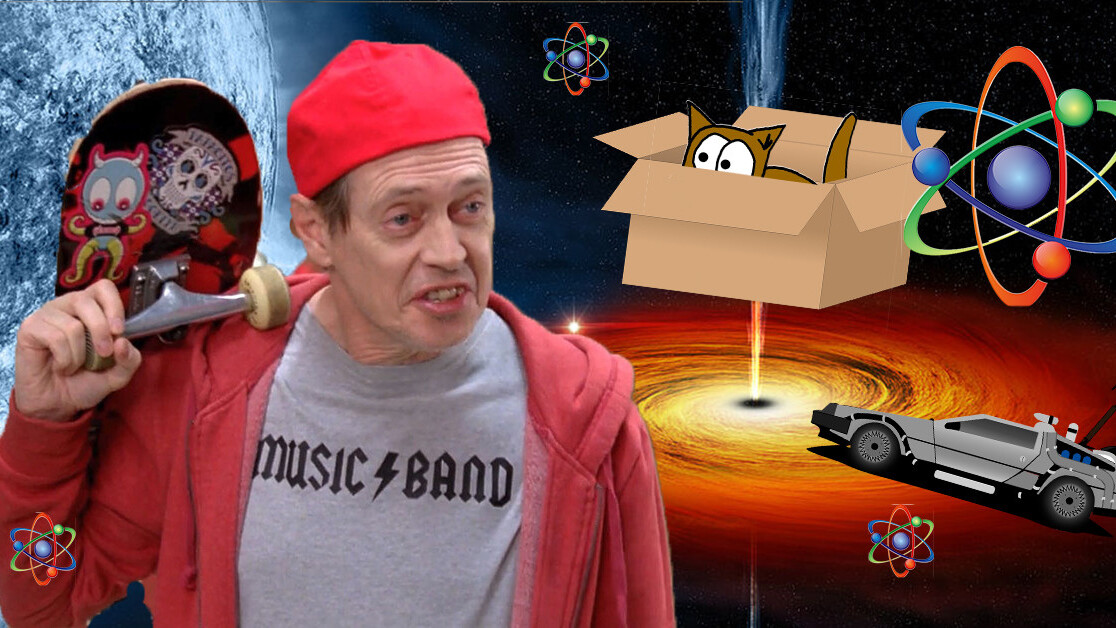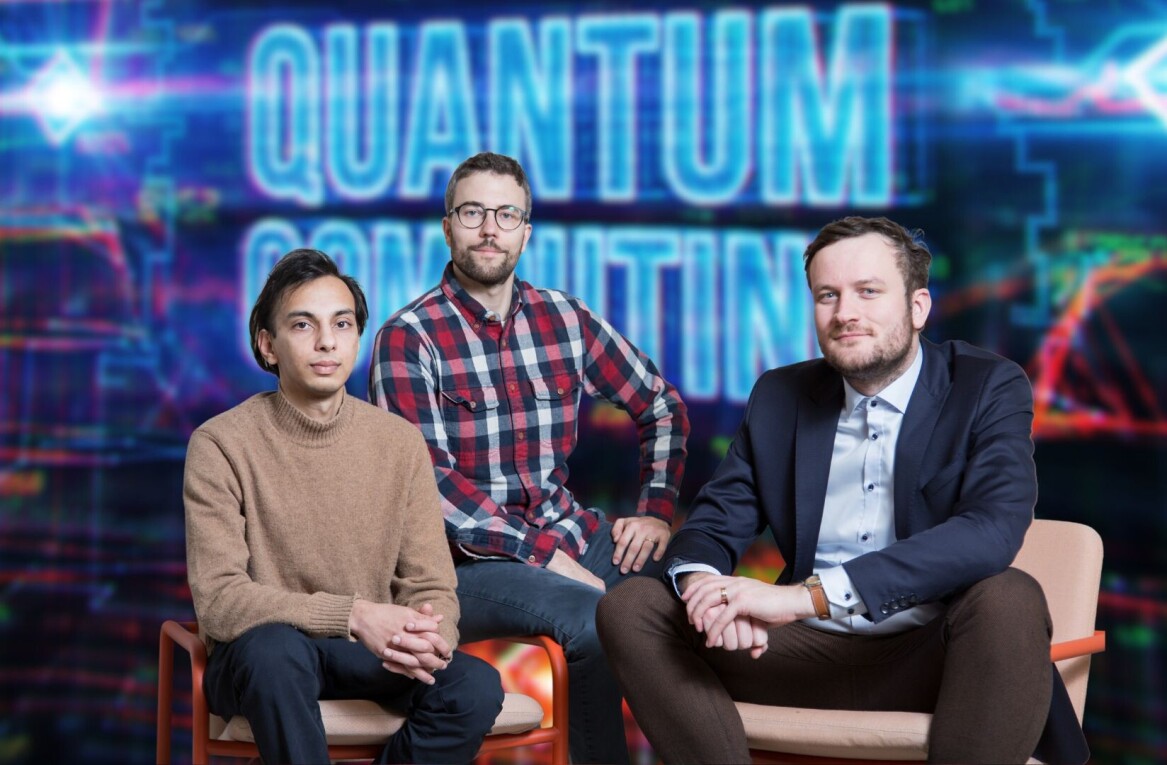
An international team of physicists looking for loopholes in the laws of physics recently simulated a brute-force method for reversing the age of a particle by 1/1,000,000th of a second. In other words: time travel is possible (in a simulation).
The experiment involved the use of IBM’s cloud-accessible 5-qubit quantum computer and a time-travel algorithm. To be clear: the team didn’t actually send a subatomic particle back in time. It simulated the progression and reversal (like aging and, um, de-aging) of a wave.
The researchers determined that it’s highly unlikely such a thing could occur in nature, but manipulating quantum states in time (which the researchers term ‘time reversal’ as opposed to time travel) can be achieved on a rudimentary level with a quantum computer:
Here we show that, while in nature the complex conjugation needed for time reversal is exponentially improbable, one can design a quantum algorithm that includes complex conjugation and thus reverses a given quantum state. Using this algorithm on an IBM quantum computer enables us to experimentally demonstrate a backward time dynamics for an electron scattered on a two-level impurity.
Basically the researchers set up the qubits in IBM’s quantum computer to function as the ‘particle’ in the experiment, then zapped them with microwaves so they’d shift to a more complex state. Once in the complex state, the researchers froze the particle’s (measured as a wave, at this point) evolution. And then they hit it with another funky microwave and it regressed by 1/1,000,000th of a second. Take that, simulated laws of physics!
Whether or not this means actual time travel, in the material world, is possible depends on your point of view. There’s an annoying thing called the “uncertainty principle” in physics that indicates it’s not possible to know both where a particle (or wave, presumably) is and where it’s going, simultaneously, if we reverse the arrow of time.
Basically, the universe doesn’t have a memory to tell it what things should look like in the past, and “what happens next” can’t follow the laws of physics (gravity, for example, doesn’t go backwards) in reverse.
That’s a bitter pill for time travel optimists to swallow, but take heart in knowing that this method probably wouldn’t send you back in time as your current fabulous self, so much as reverse your particles through time (sounds gooey). But who cares about the uncertainty principle? The quantum universe doesn’t yield to the laws of humans, nor the arrow of time.
More on that: “Researchers prove the arrow of time is irrelevant to quantum computers”
If we can’t travel through time using quantum computers, maybe we can figure out how to do something important like un-explode atoms (perpetual motion machine anyone?) with it. Maybe some plausible form of useful time travel is on the table at the right scale. But, as quantum computing is in its infancy, time travel — in the sense of jumping in a Delorean and quantum leaping back to the 1970s to see Jimmy Hendrix play live — is theoretical at best.
We asked Dr. Jerry Chow, Senior Manager, IBM Q Technology what he thought about the platform being used for amazing simulations such as this one. He told TNW:
This particular research fits a category of known research that proves you can reverse operations in quantum mechanics and that the math of quantum is correct. We commend the broad use of our quantum platform for scientists to explore their ideas.
The researchers who developed and ran the simulation, for their part, don’t seem to believe their work is indicative of a time travel breakthrough. Their paper states upfront “It remains to be seen, however, whether the irreversibility of time is a fundamental law of nature or whether, on the contrary, it might be circumvented.”
But, based on the team’s previous work trying to smash the Second Law of Thermodynamics like one of Kurt Kobain’s guitars – through the use of Maxwell’s Demon no less – we think there’s a better than naught chance this isn’t the last we’ve heard from them on the time-travel front.
Maybe there’s still time left to RSVP for Professor Stephen Hawking’s time traveler party in 2009 after all.
H/t: New York Times
TNW Conference 2019 is nearly here! Check out our glorious new location, inspiring line-up of speakers and activities, and how to be a part of this annual tech extravaganza by clicking here.
Get the TNW newsletter
Get the most important tech news in your inbox each week.





